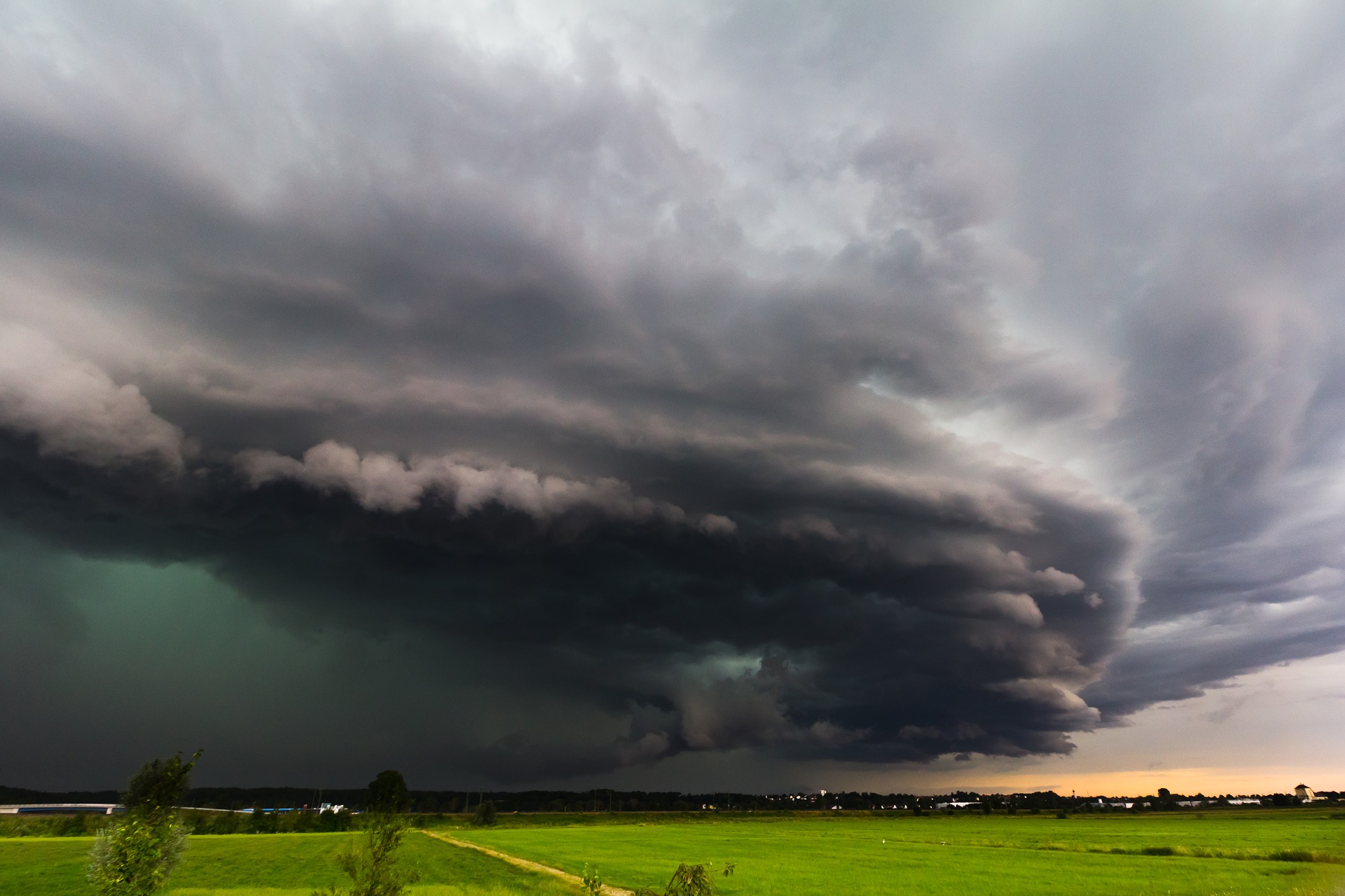-
MON7: Reassessing the initiation and predictability of El Nino events

Despite the improvement in our understanding, numerical models and observations, El Nino events have dramatic impacts on climate and extreme weather around the globe. This project will further study the nature of this stochastic forcing and its relationship to background SSTs.
-
MON6: Reconciling differences between satellite and observed ocean surface winds

Satellites measure surface winds relative to the moving ocean surface, while ocean moorings measure absolute winds at that location. This project will make use of both measuring methods to better understand the role of surface currents in these differences and whether they can be reconciled.
-
MON5: Structure and development of Australian cold air outbreaks

This project will see the student utilising methods previously applied to the investigation of heatwaves to improve our understanding of cold-air outbreaks over Australia, attempting to answer questions on the structure, development and termination of these events.
-
MON4: The dynamics of the onset of the northern Australian monsoon

In this project, you will investigate the atmospheric dynamics associated with the onset of the monsoon, for example, the influence of mid-latitude and tropical disturbances. You will gain useful and transferable skills in data analysis and programming, as well as an opportunity to contribute to an active area of research in Australian weather and climate…
-
MON3: Impact of tropical sea surface temperatures on climate extremes in Australia

The aim of this project is to gain a better understanding of the drivers of seasonal climate extremes over Australia, with a focus on the potential role of tropical ocean basins. The student researcher will use a range of observations and climate model outputs to examine the variability of extreme temperature and rainfall across Australia.
-
MON2: Lifecycles of hail storms on the east coast of Australia

This project will investigate the lifecycle of hail storms through the application of a storm-tracking algorithm. Characteristics such as storm size, velocity, and intensity will be examined for severe hail storms and compared to those for non-severe storms.
-
MON1: Is tropical rainfall becoming more clustered?

In this project, we will investigate the clustering of thunderstorms using satellite observations of rainfall in the tropics. In particular, we will examine the question of whether rainfall in the tropics is becoming more clustered, and what effect this may have on heavy precipitation now and into the future.
-
BoM1: Is Australia’s rainfall variability changing?

The associations between rainfall variability, ENSO and temperature appeared to be stationary early in the record, but there was a hint that there was some evidence of a shift in the late 1990s. Has that shift continued? Alternatively, have the rainfall variance characteristics returned to what was observed earlier in the record? This project will…
-
ANU1: Does the hottest day of the year always happen during a heatwave?

Several studies examining the change in extreme events with climate change focus on either single day events or on heatwaves but none examine the coincidence of the two.
